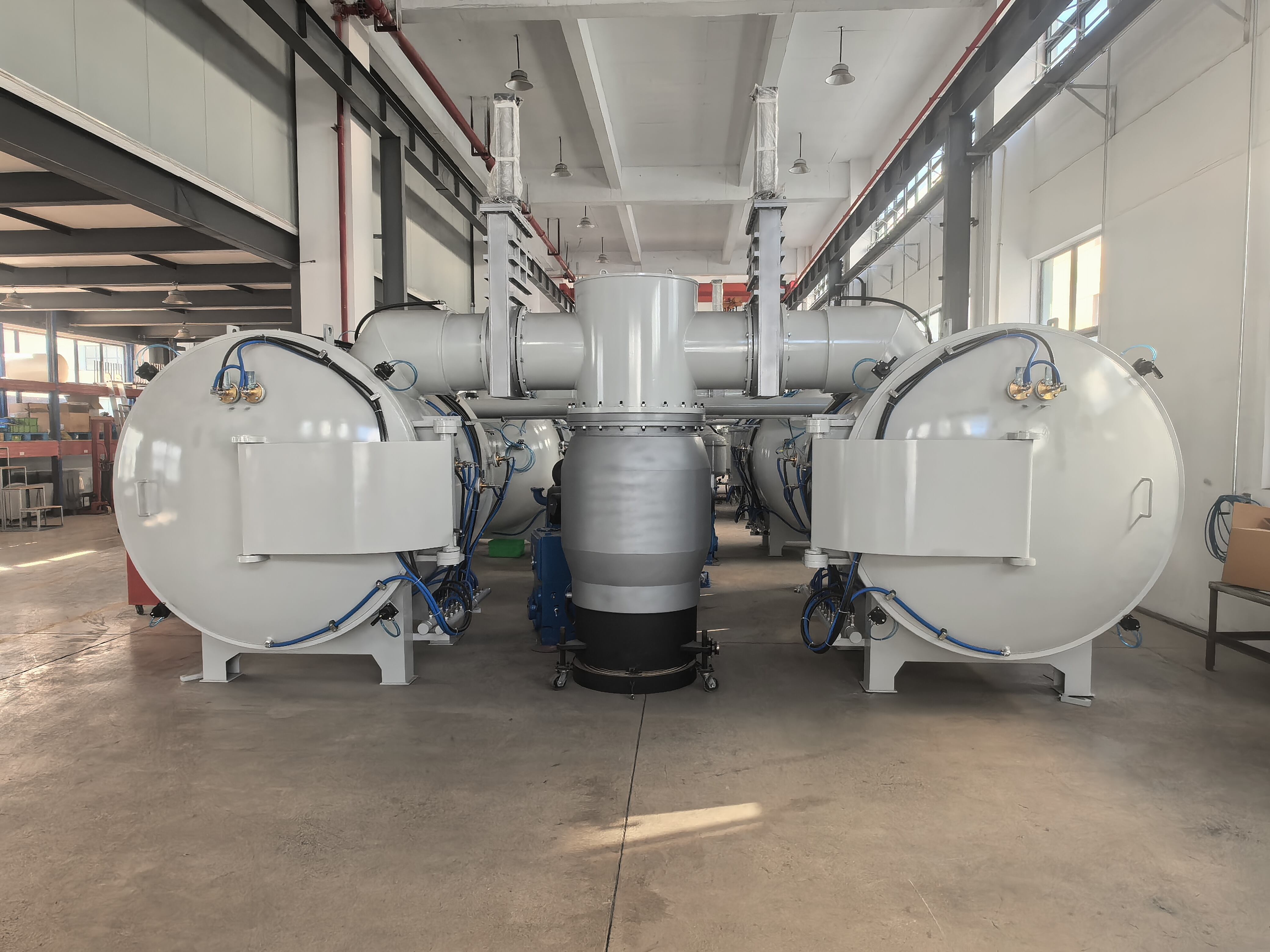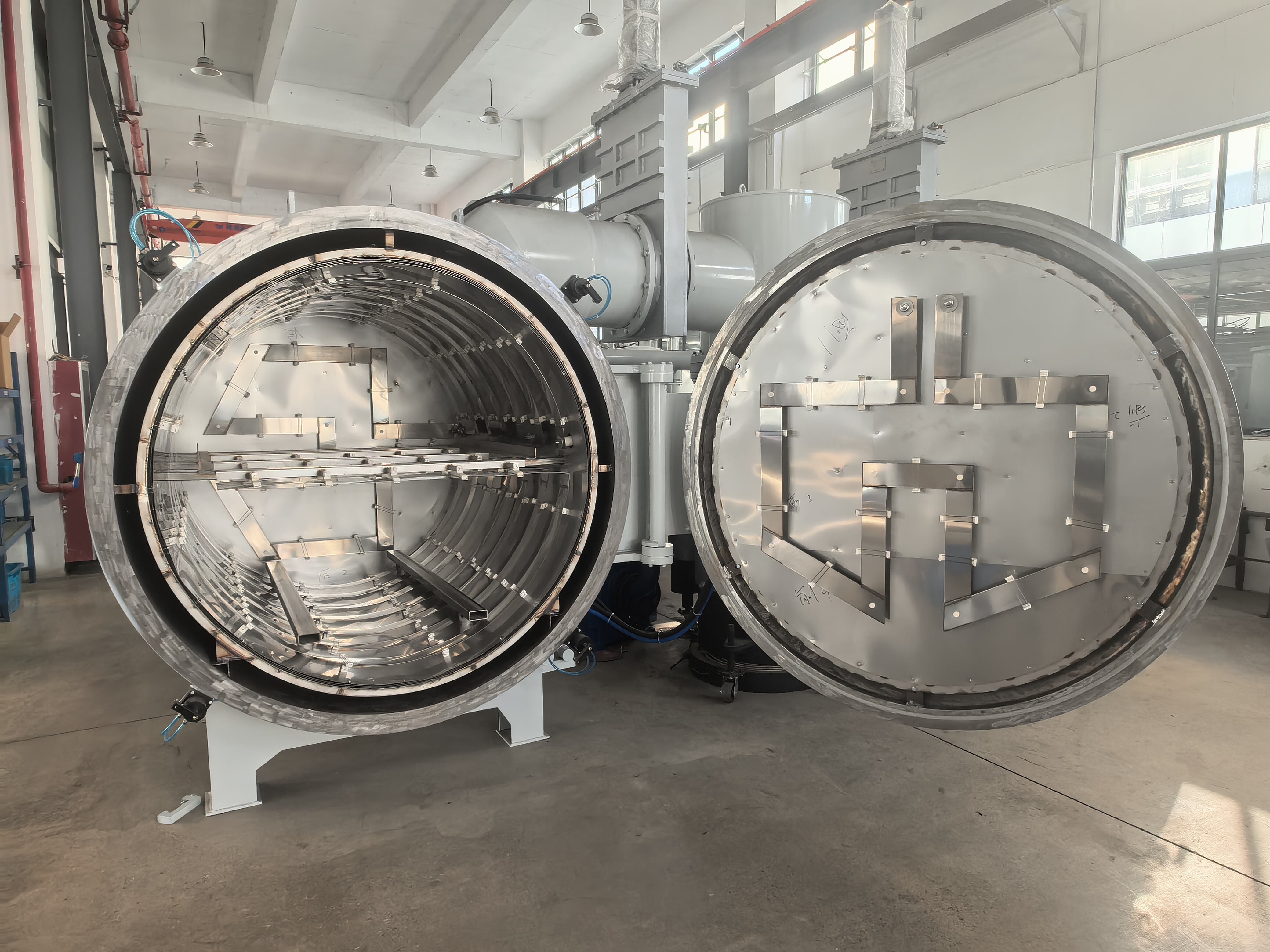aluminum induction melting furnace
The aluminum induction melting furnace represents a cutting-edge solution in metal processing technology, designed specifically for efficient and precise melting of aluminum and its alloys. This advanced system utilizes electromagnetic induction to generate heat directly within the metal, achieving optimal melting temperatures while maintaining precise control over the entire process. The furnace operates by passing an alternating current through a copper coil, creating a magnetic field that induces eddy currents in the metal charge, resulting in rapid and uniform heating. With capacities ranging from small laboratory units to industrial-scale installations, these furnaces can accommodate various production requirements. The system incorporates sophisticated temperature control mechanisms, enabling operators to maintain exact thermal conditions throughout the melting cycle. Modern aluminum induction melting furnaces feature advanced safety systems, including emergency shutdown protocols and cooling systems that protect both operators and equipment. The technology also supports various metallurgical operations, including alloying, superheat control, and holding operations, making it invaluable in foundries, die-casting facilities, and aluminum processing plants.


